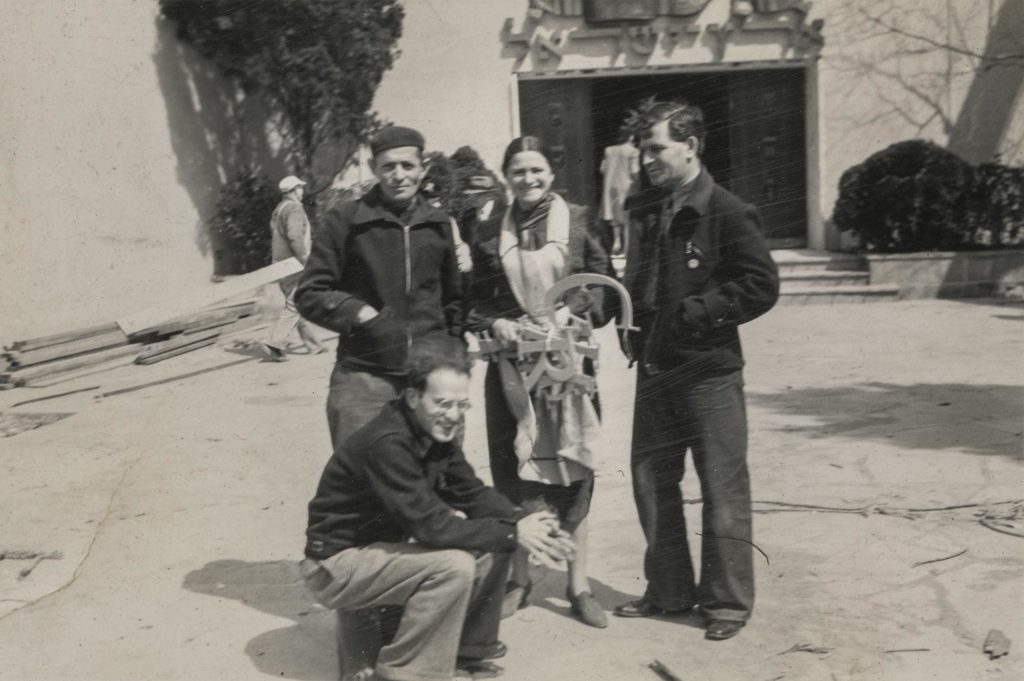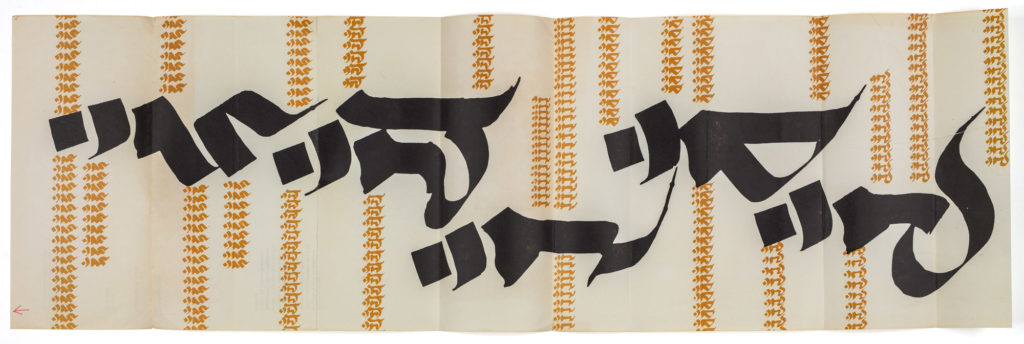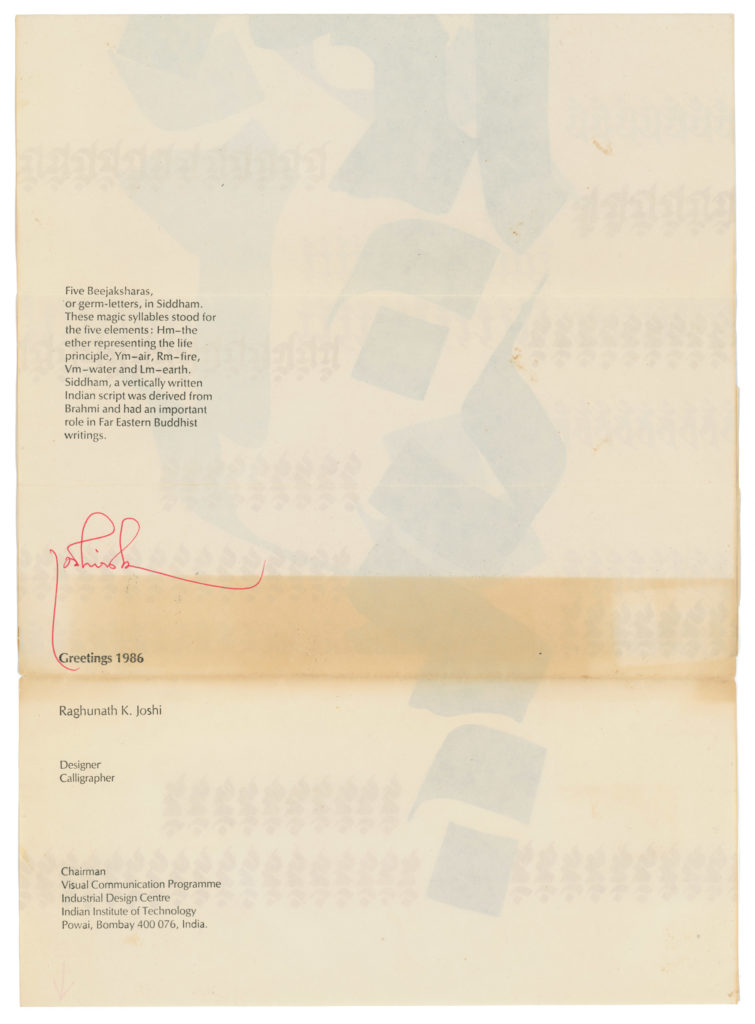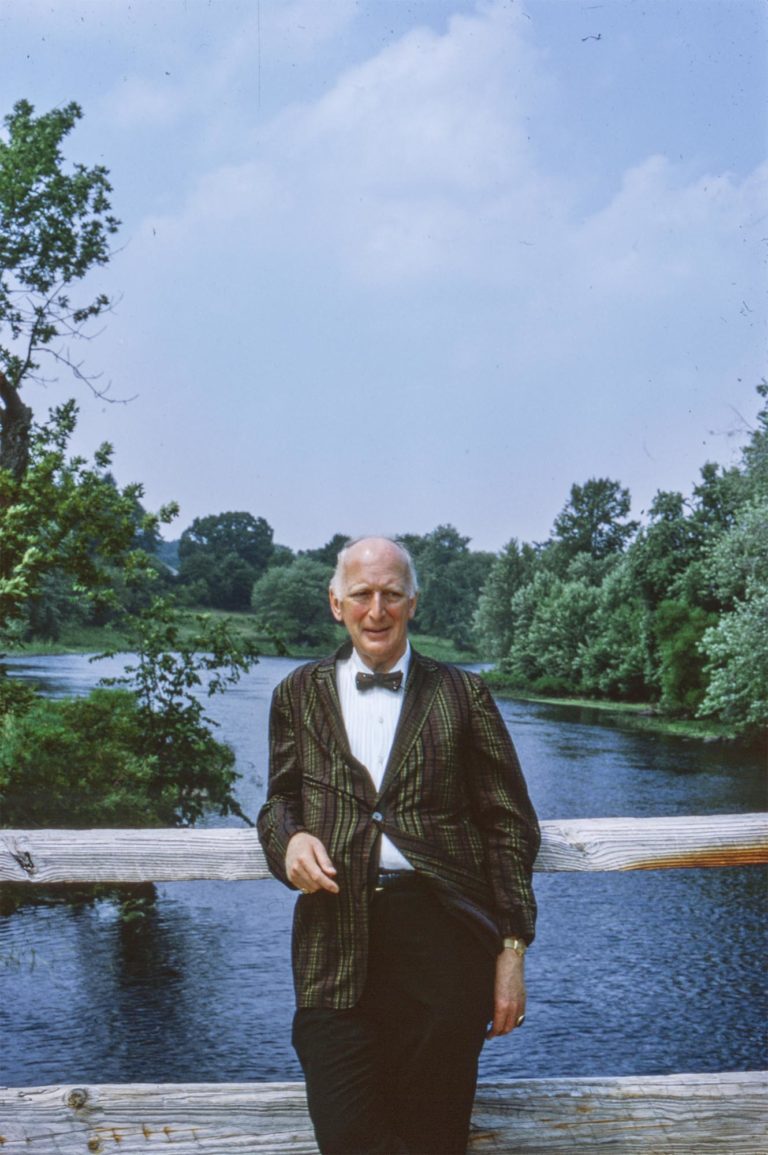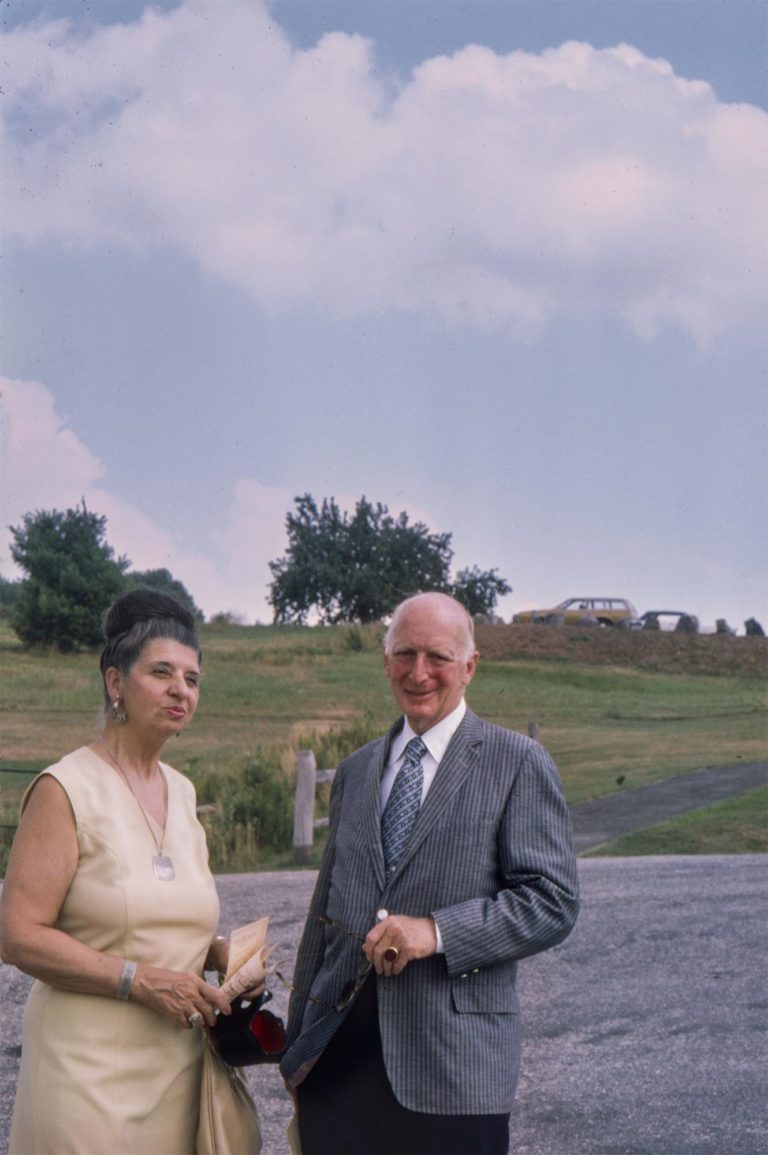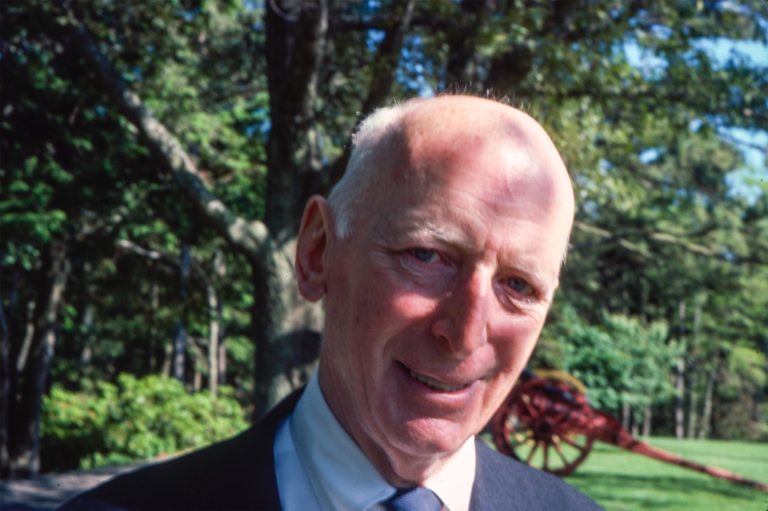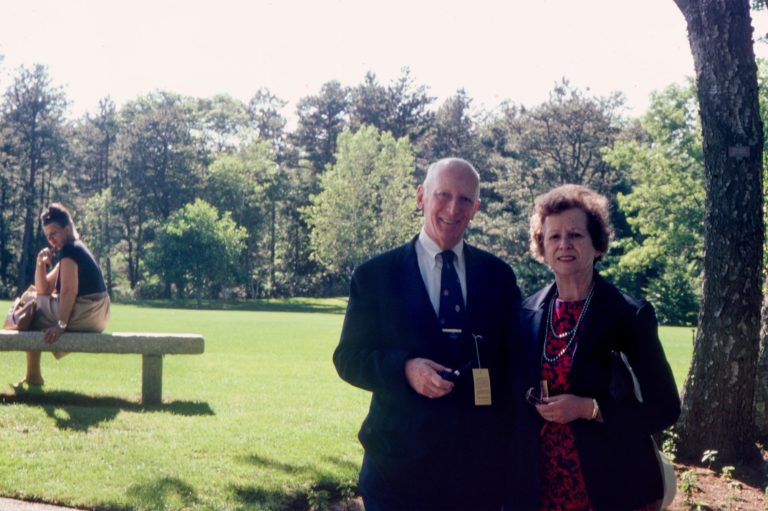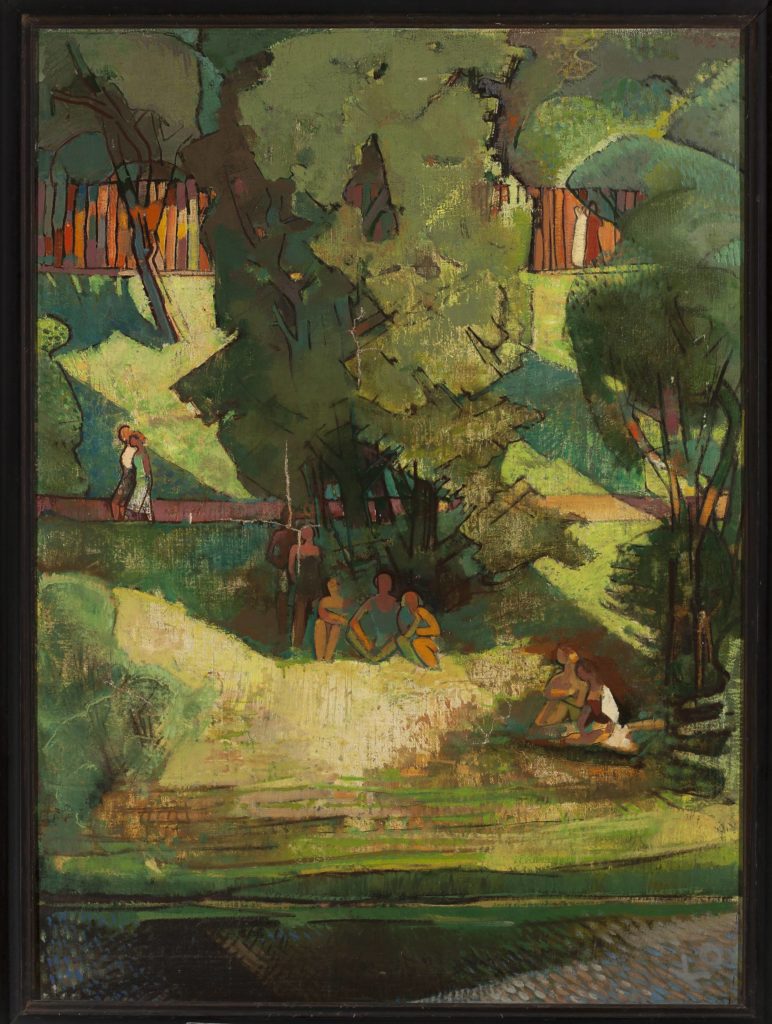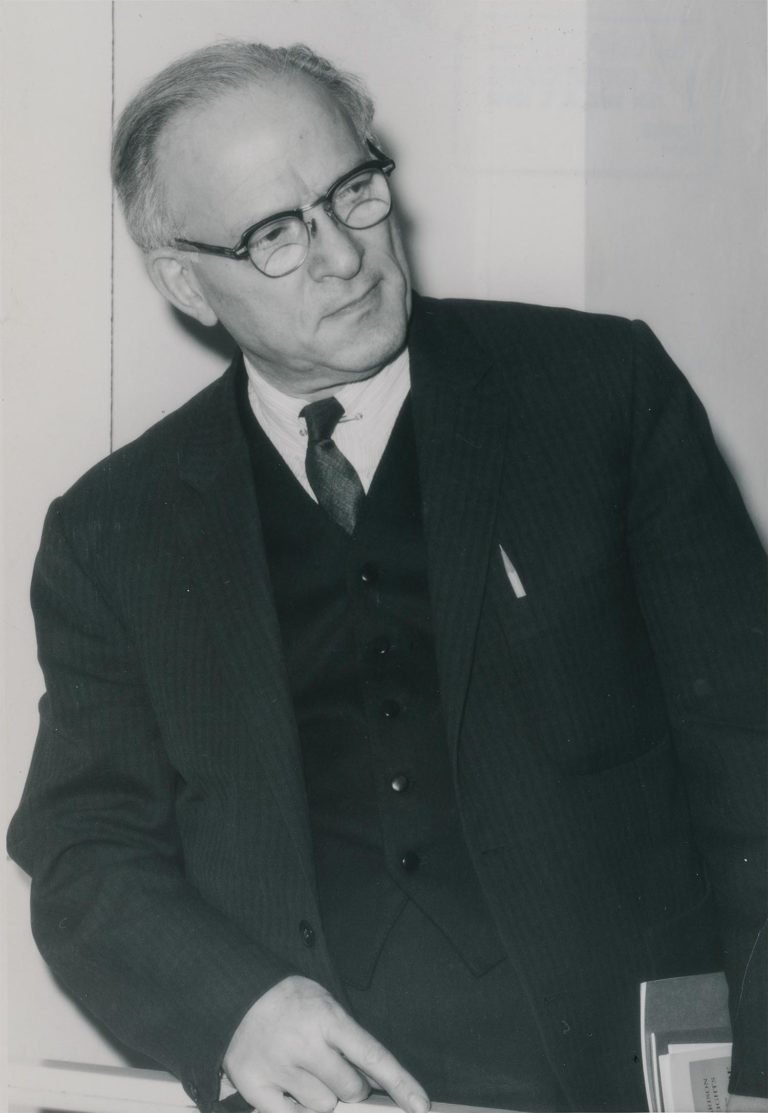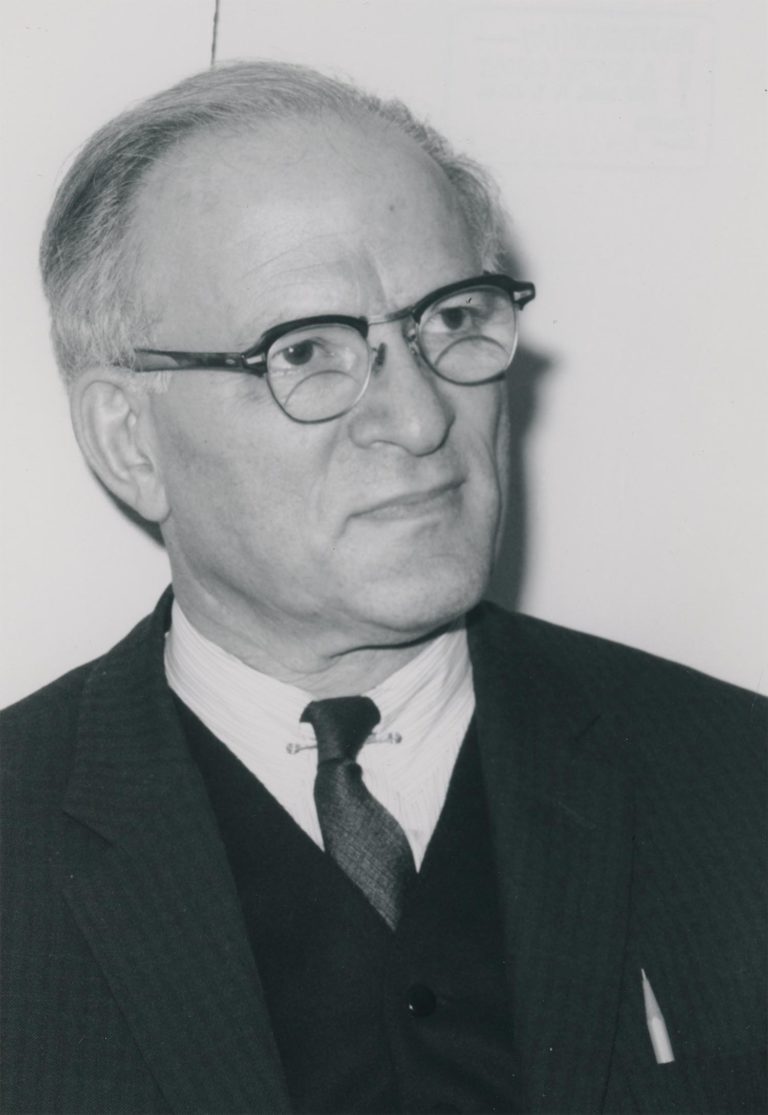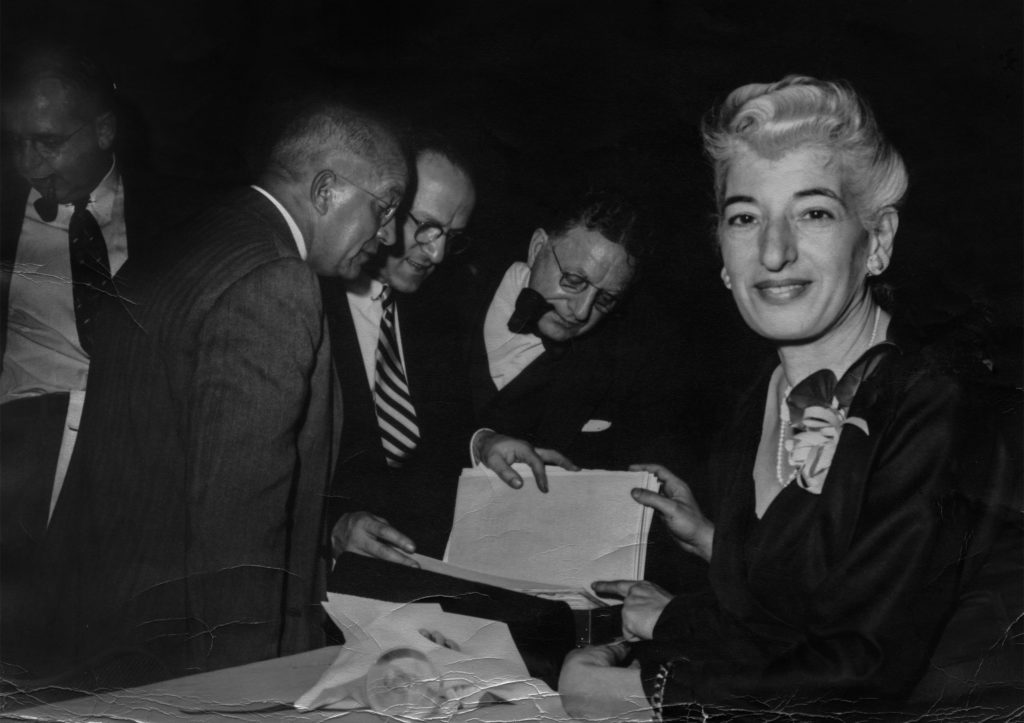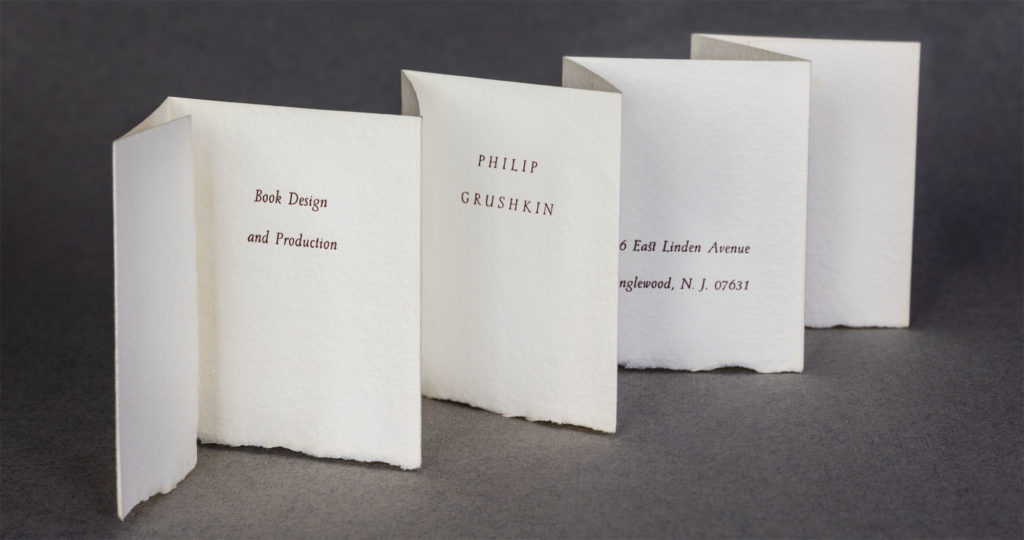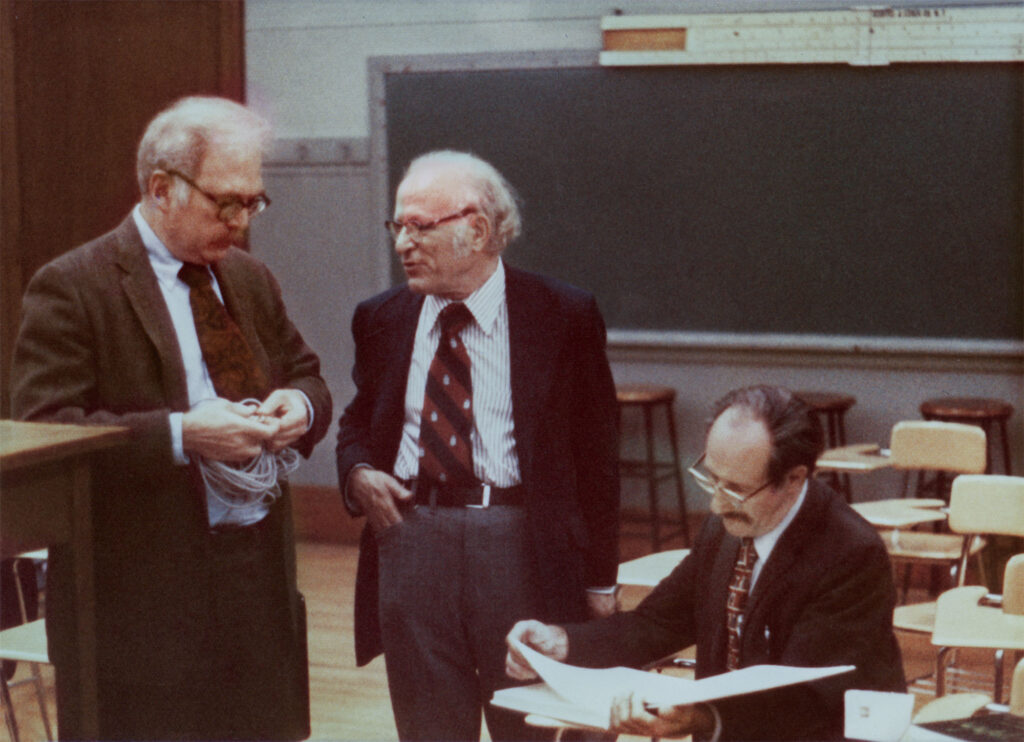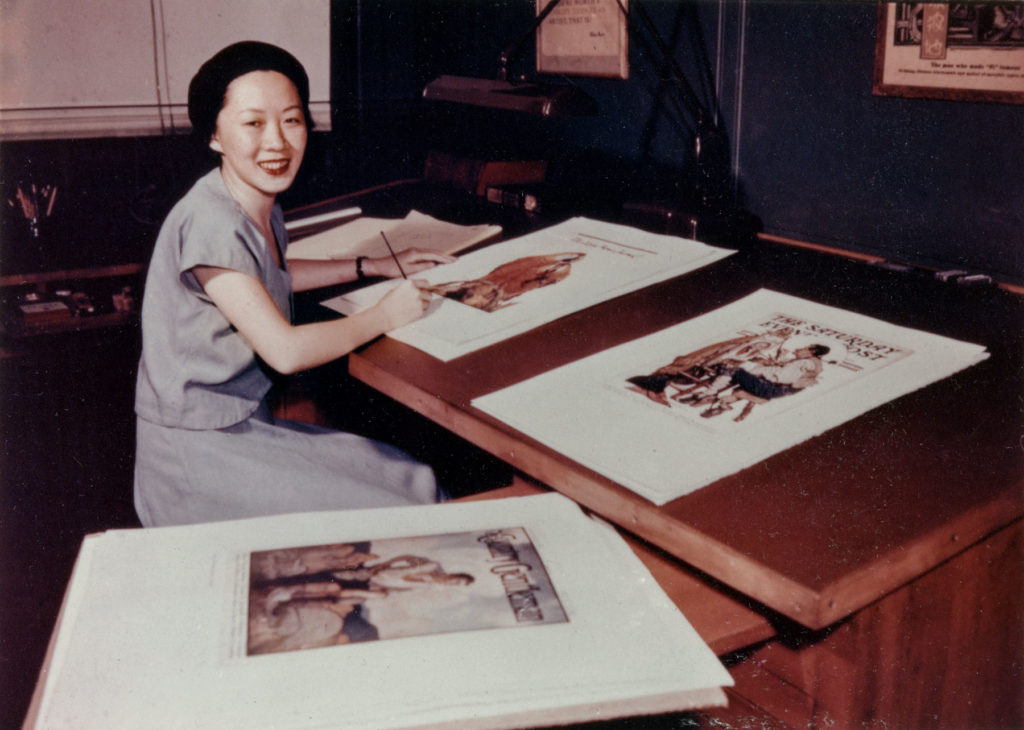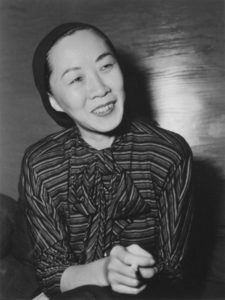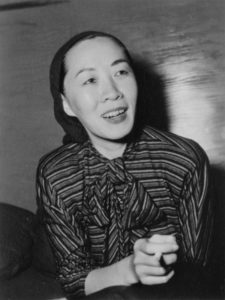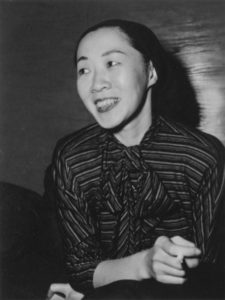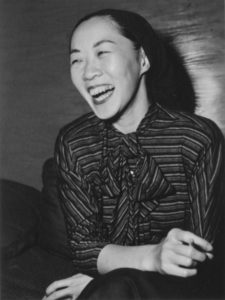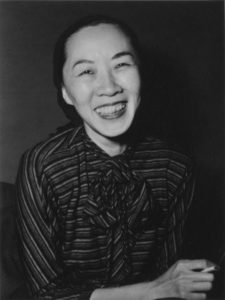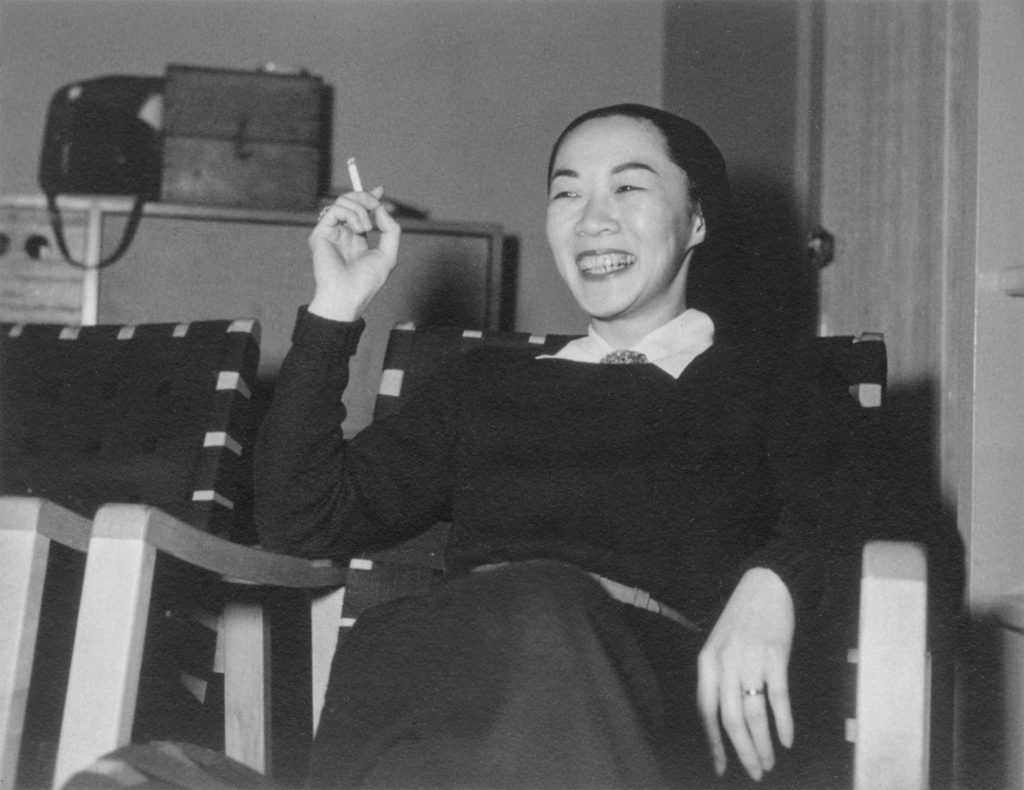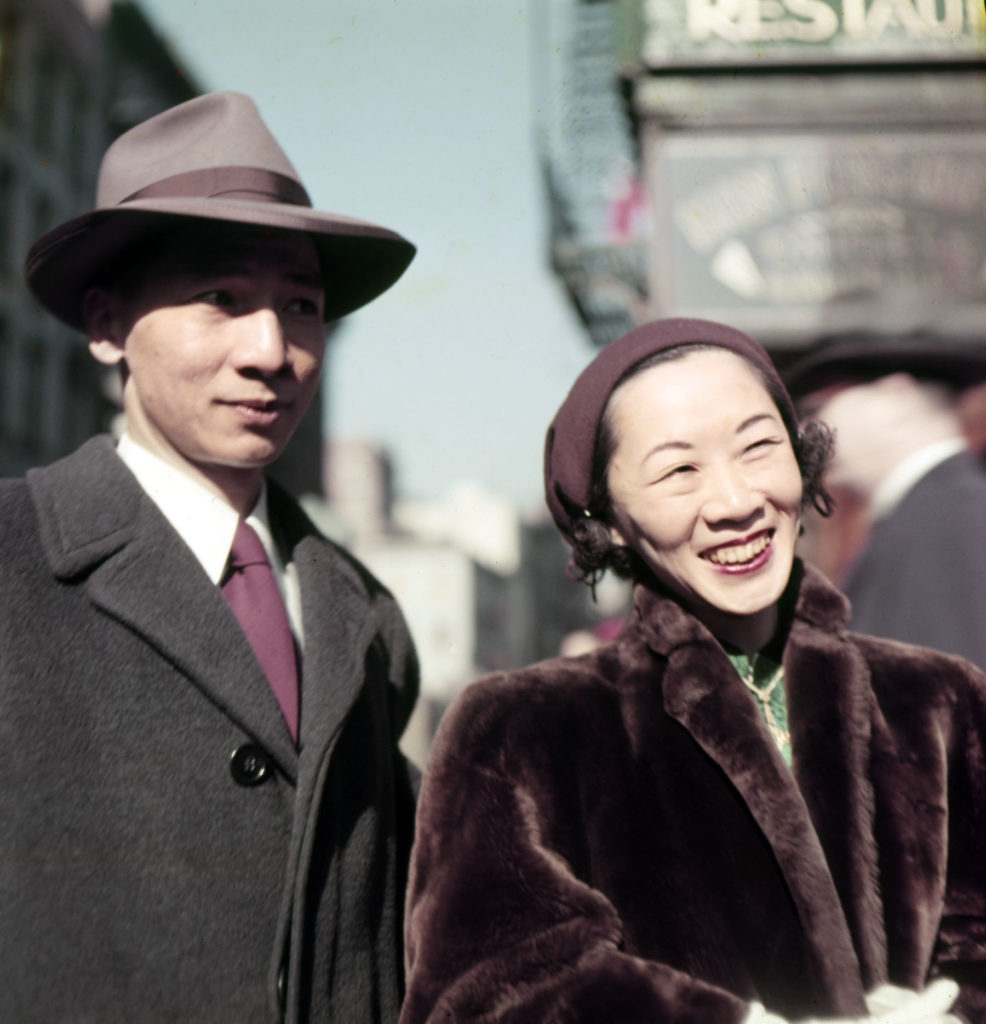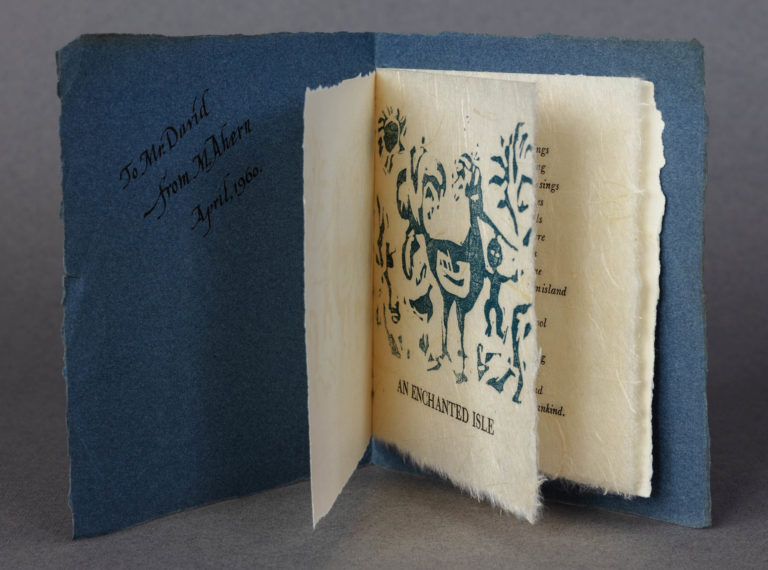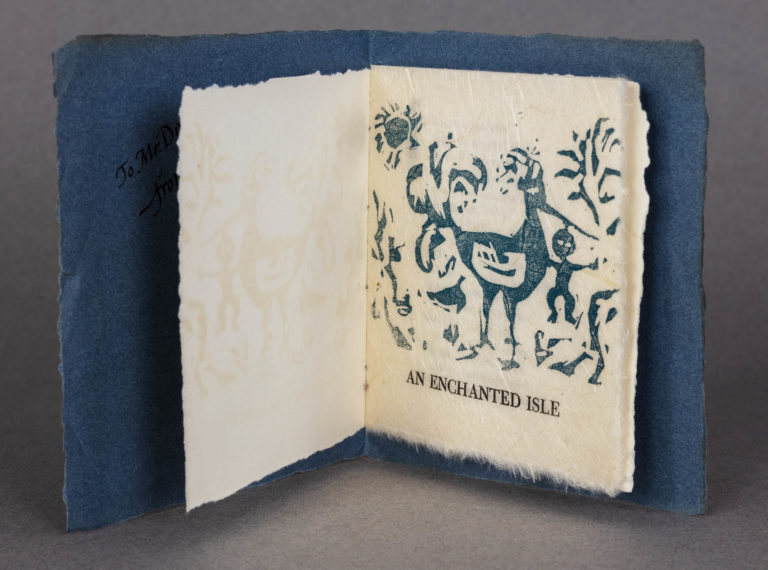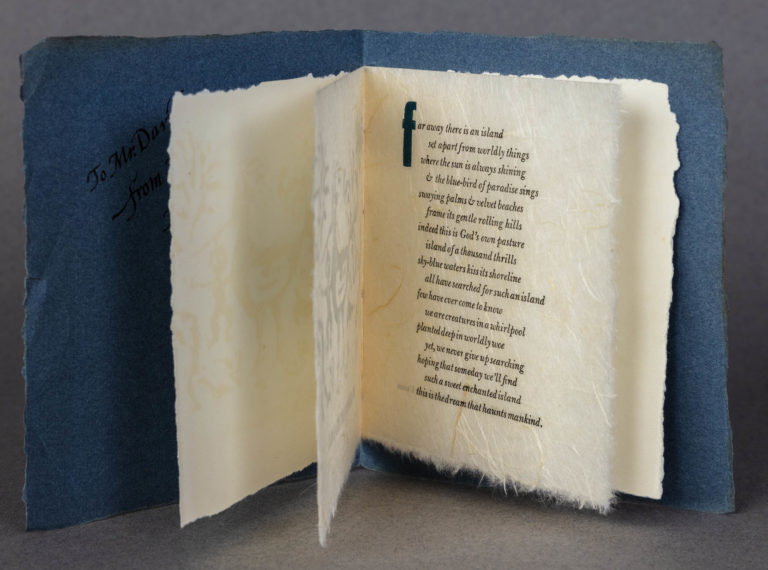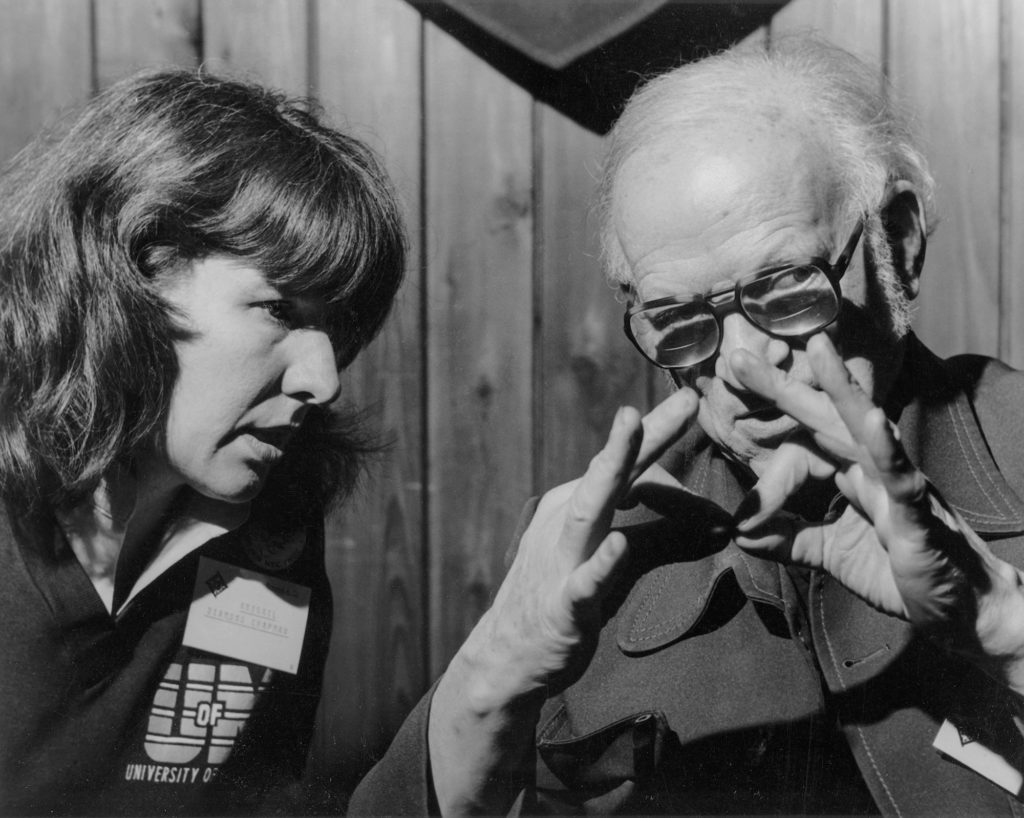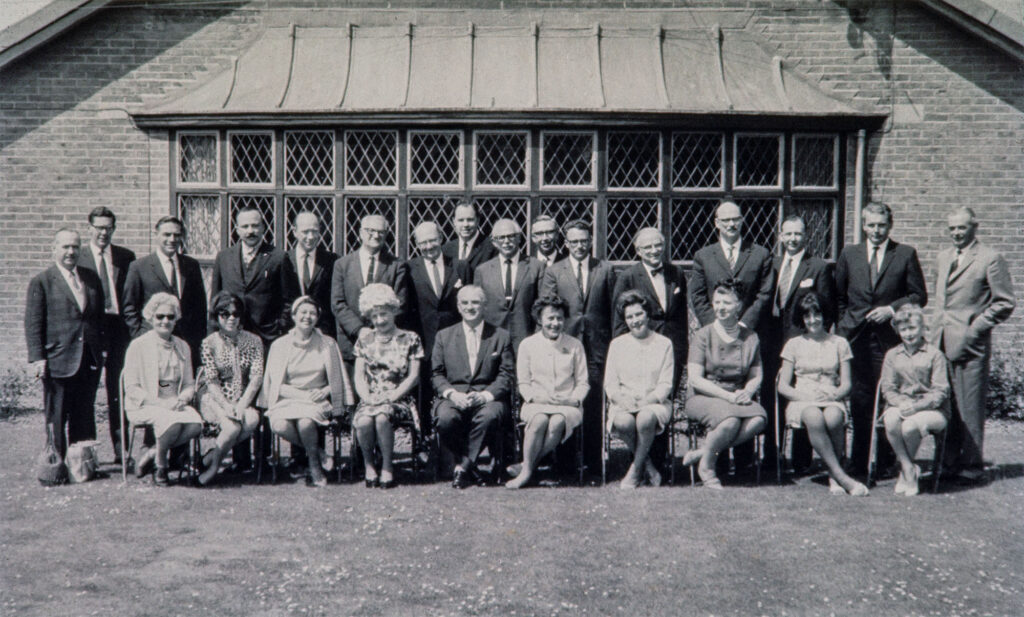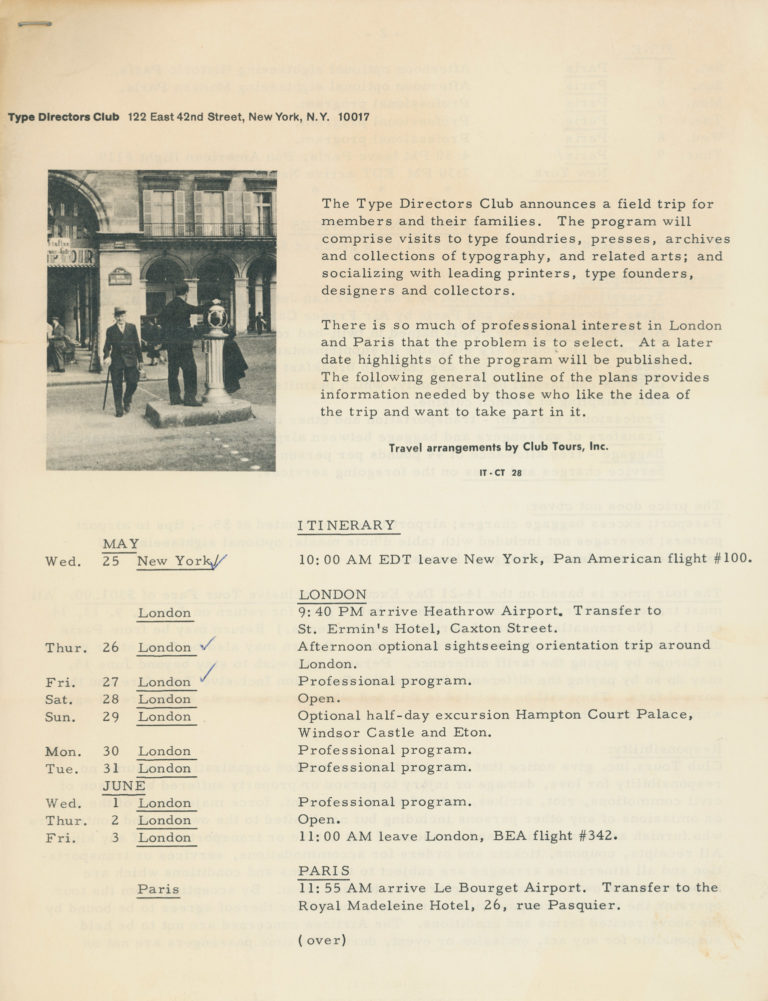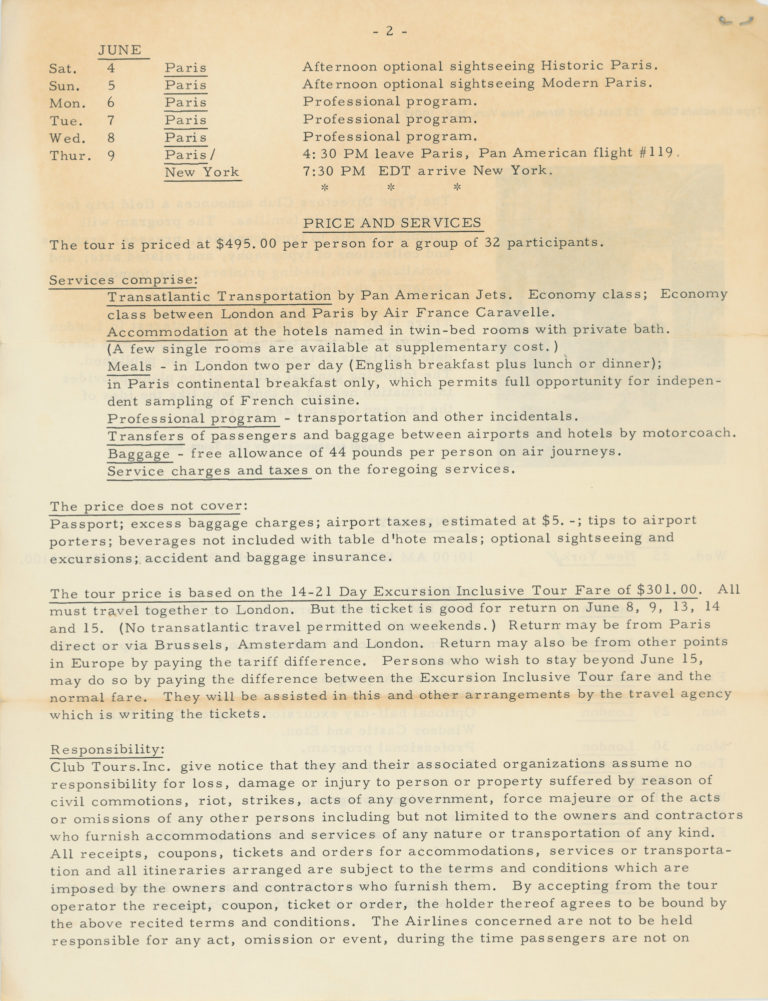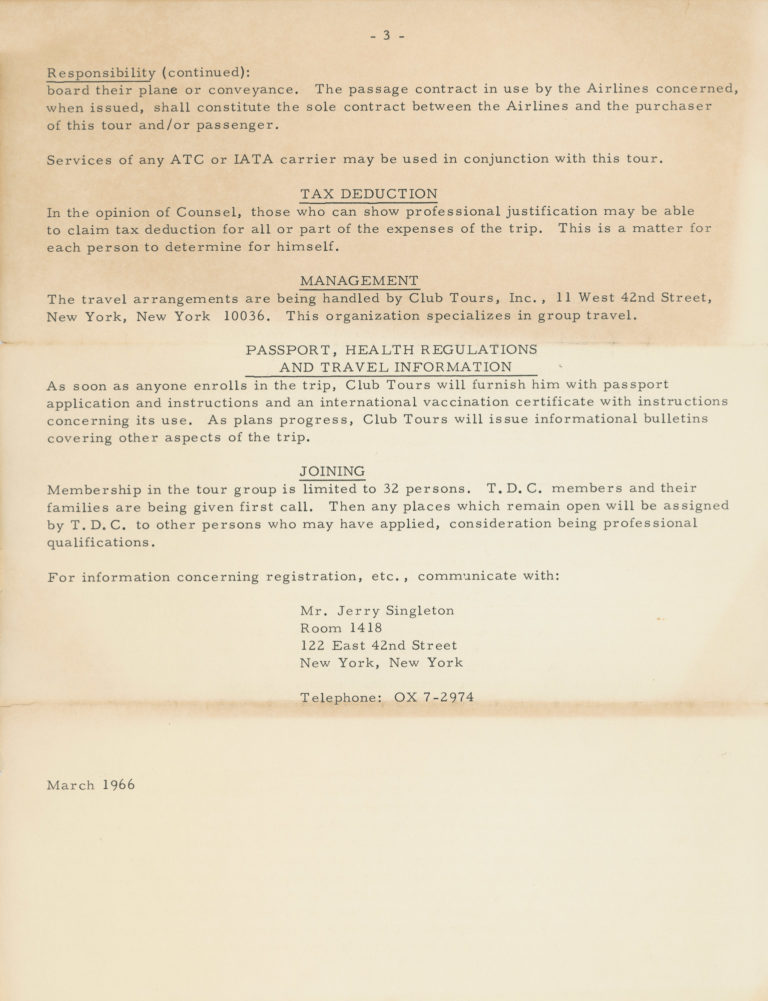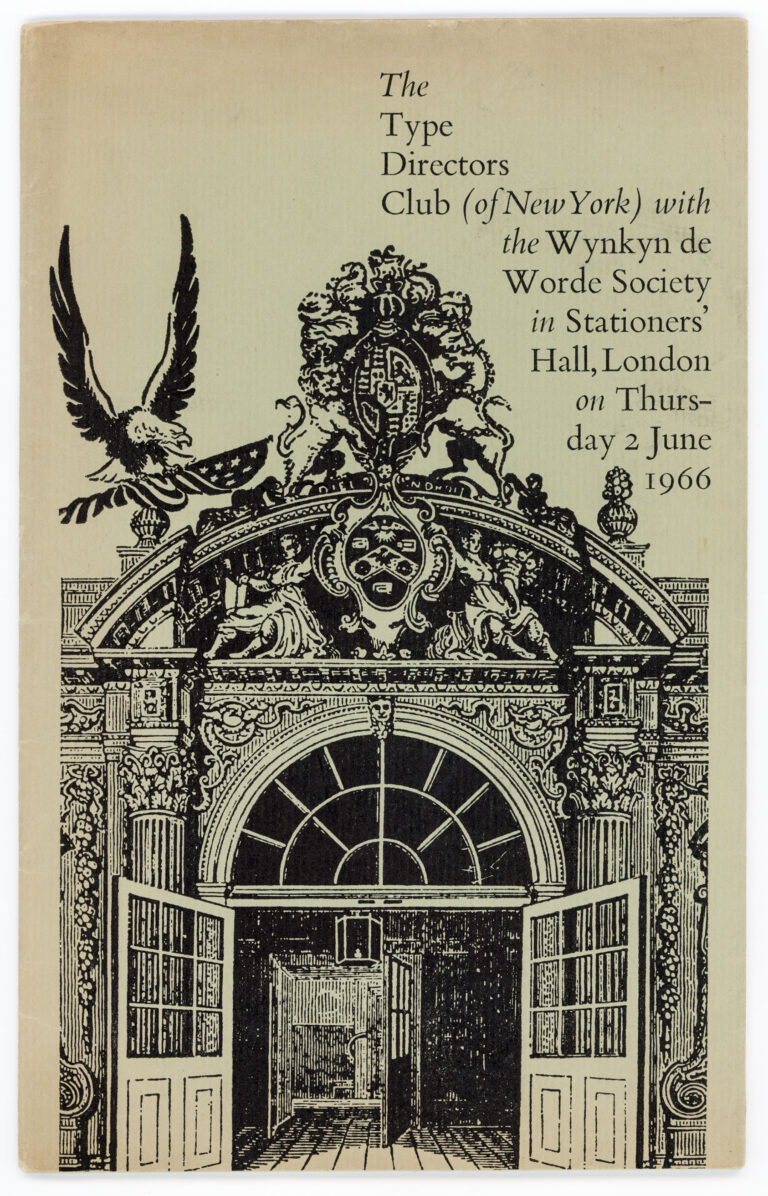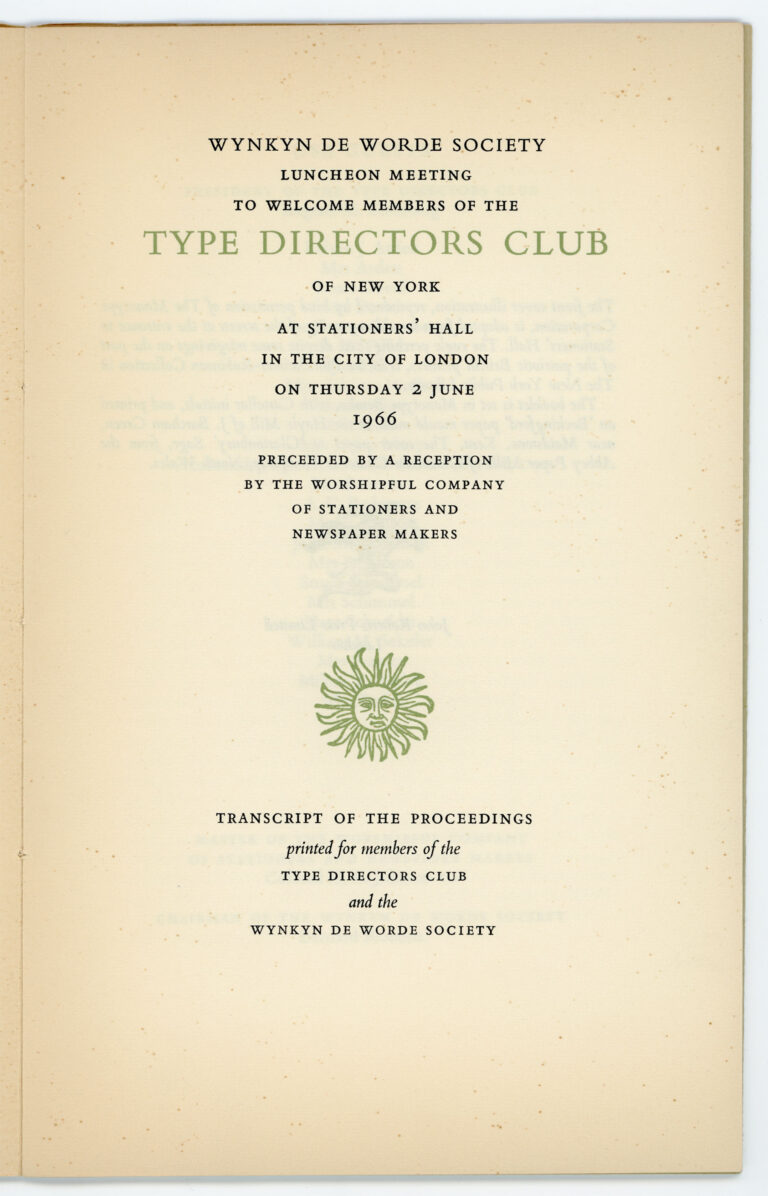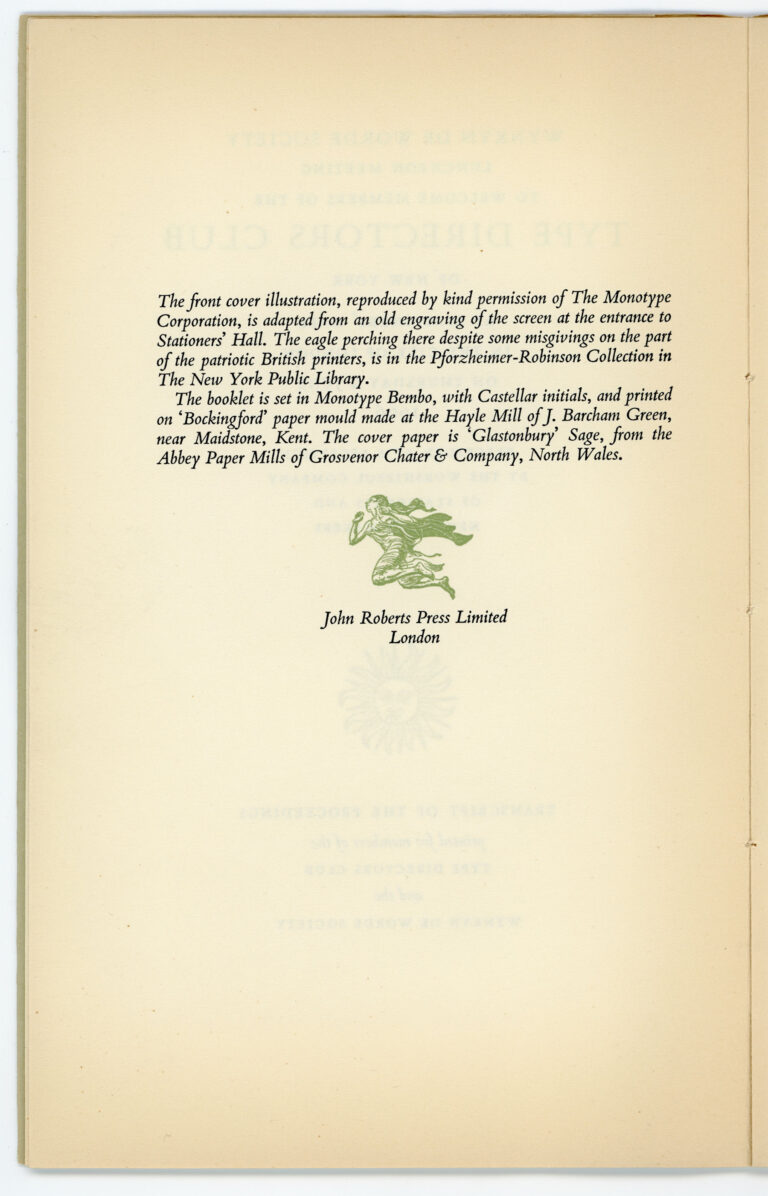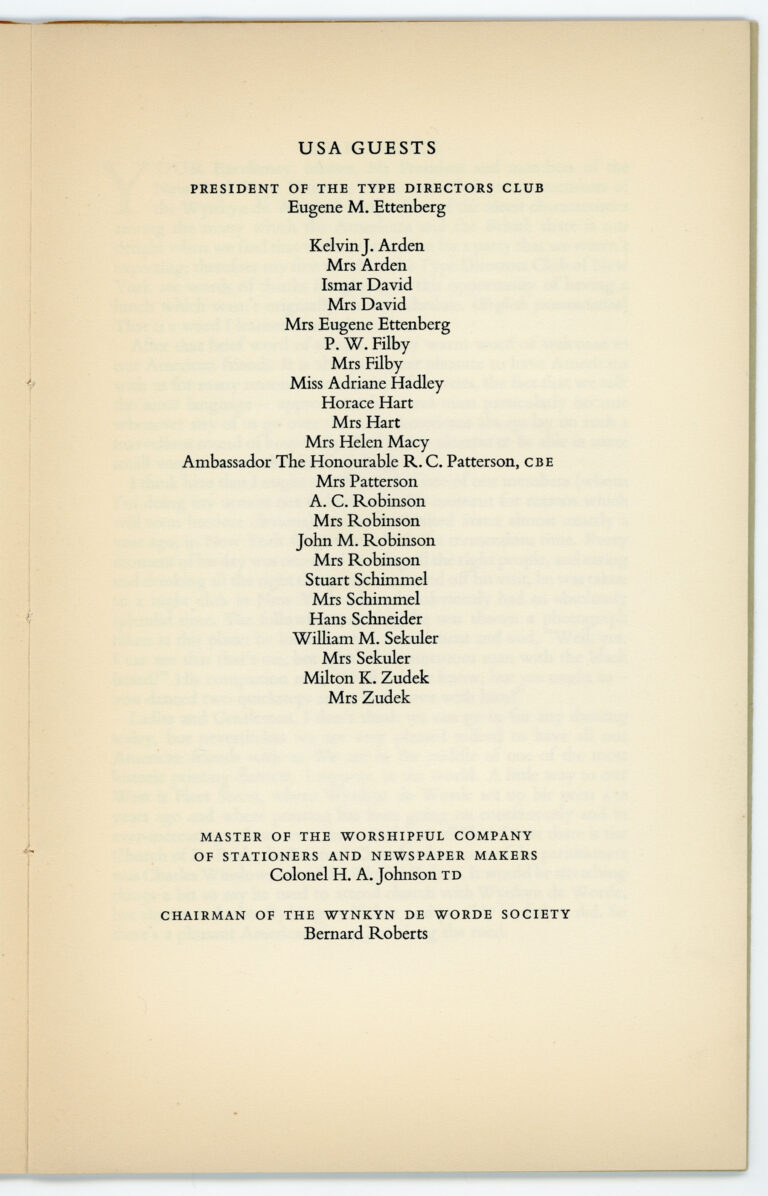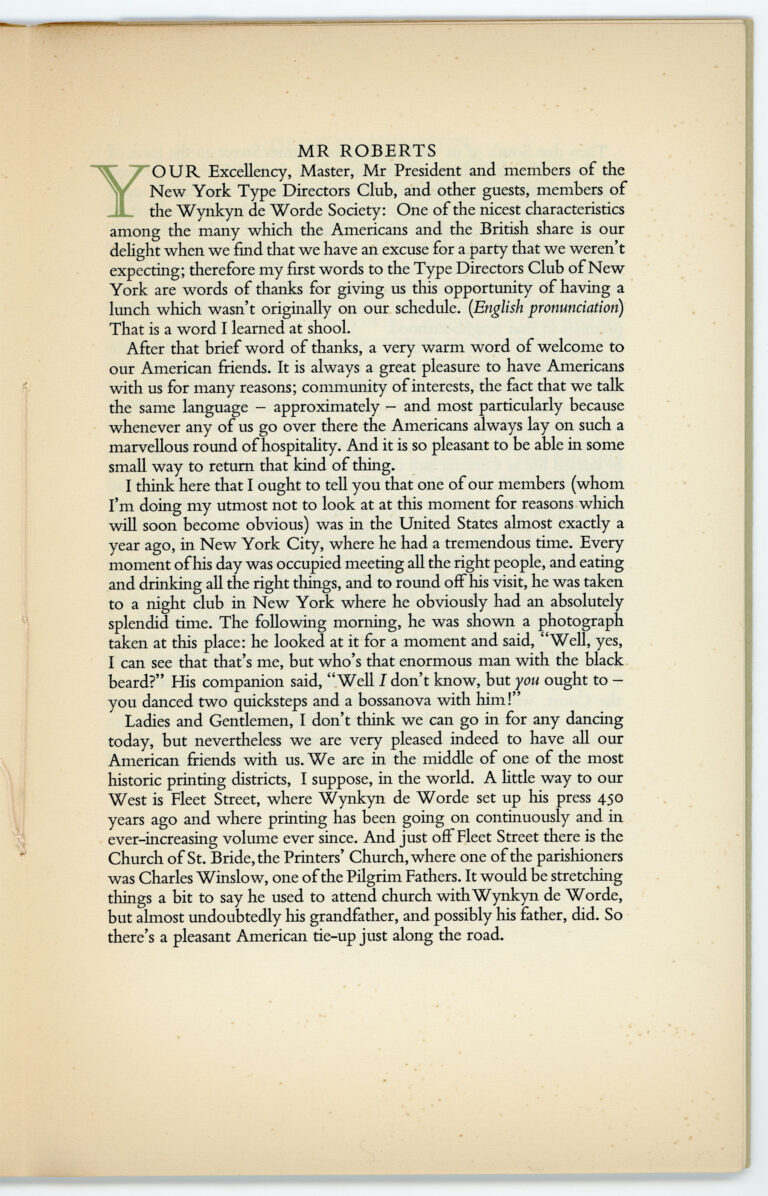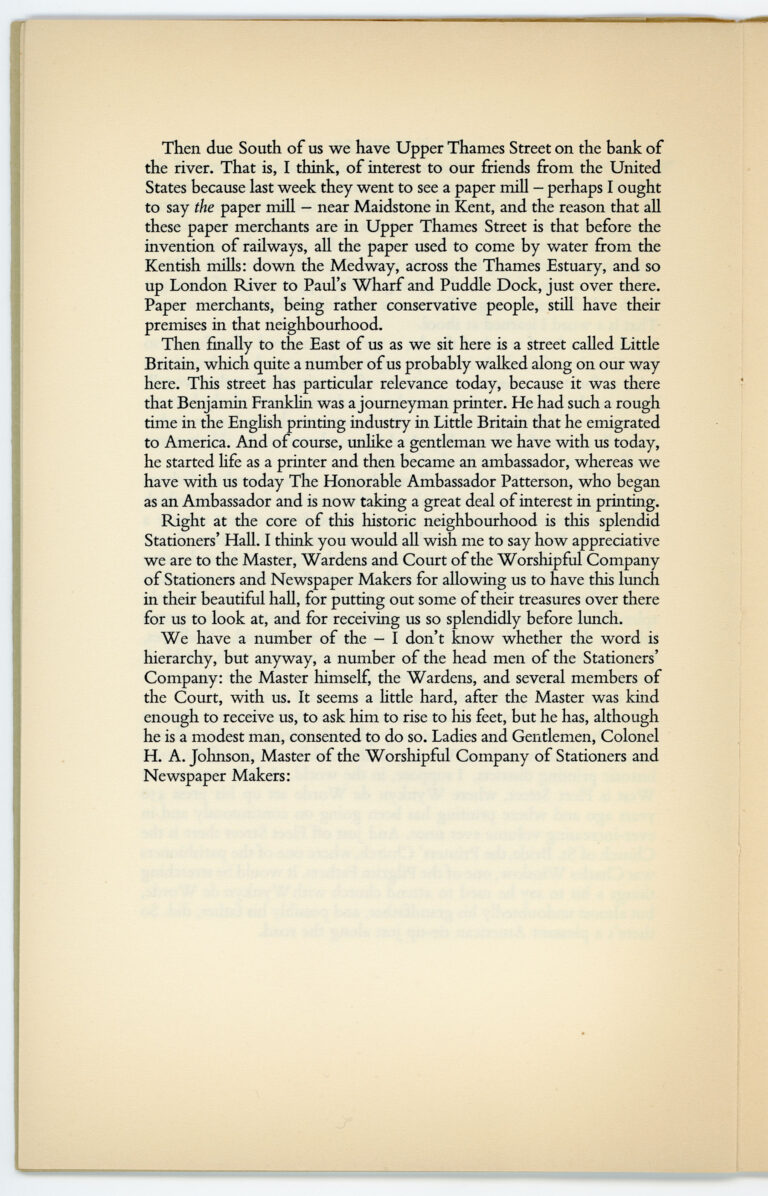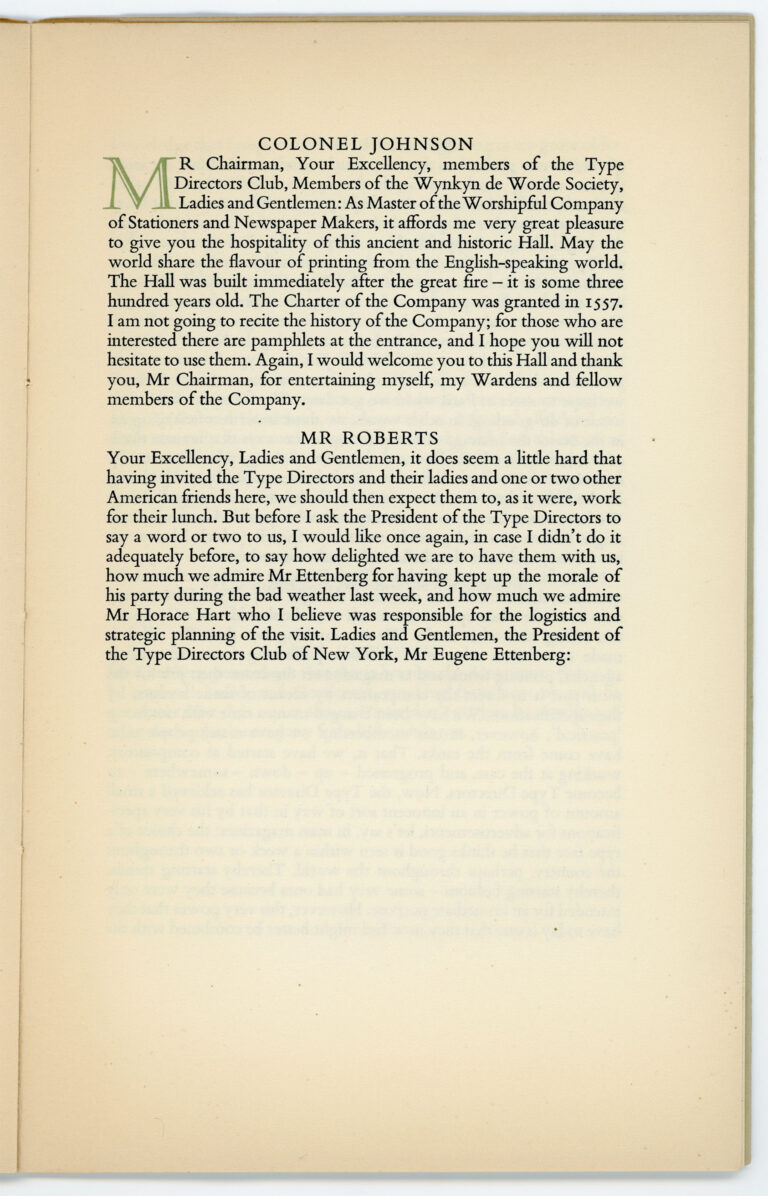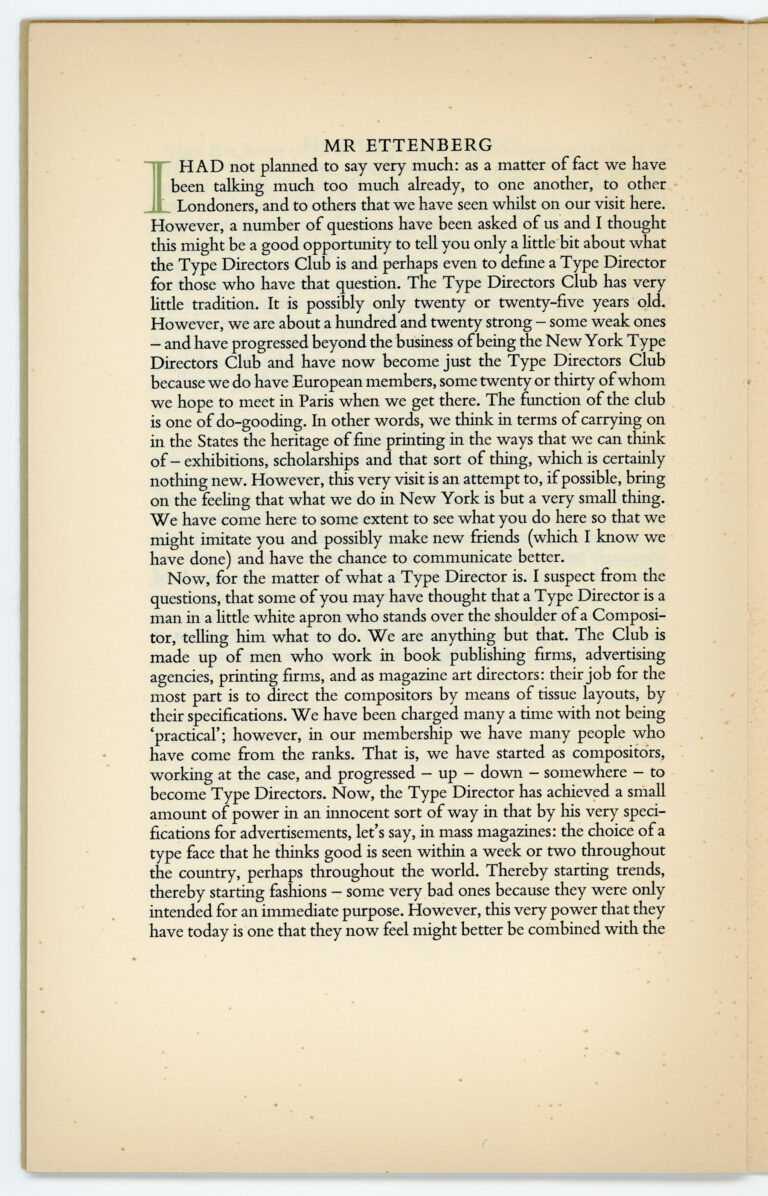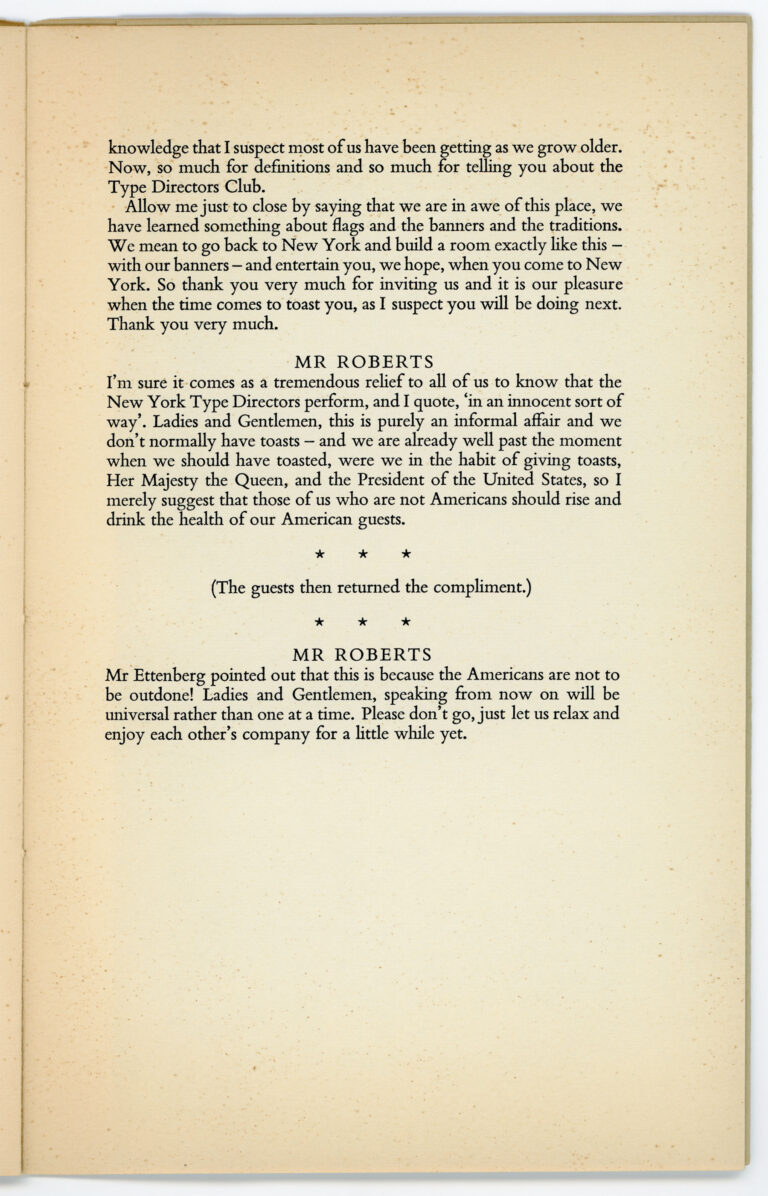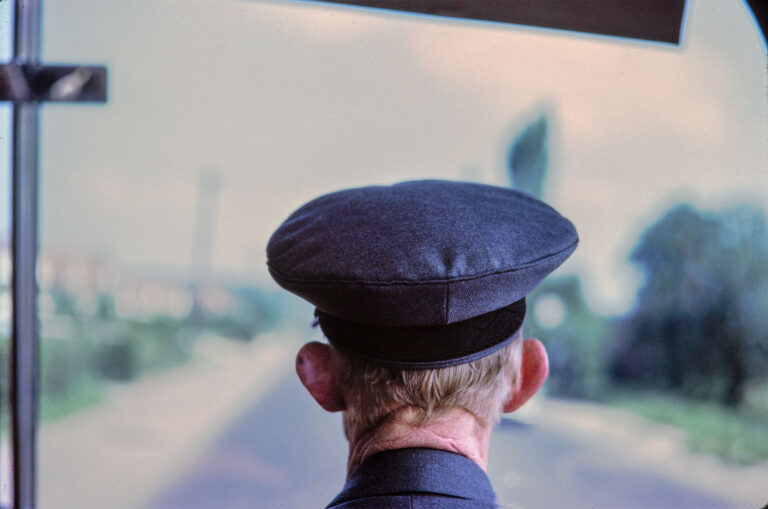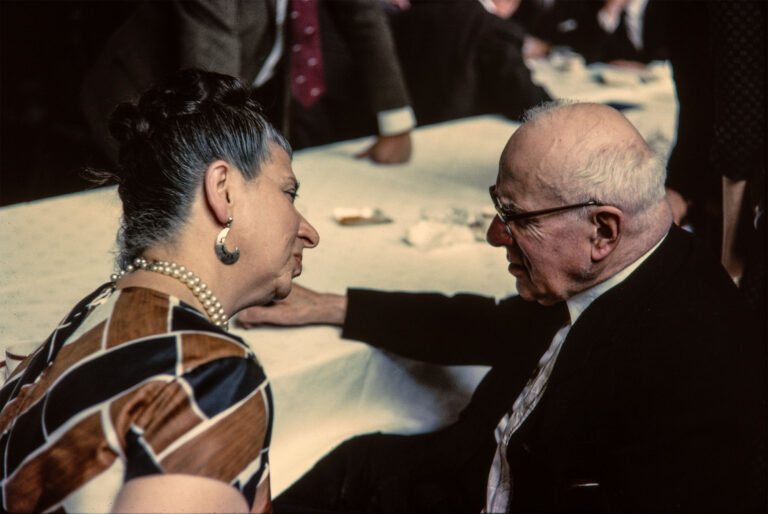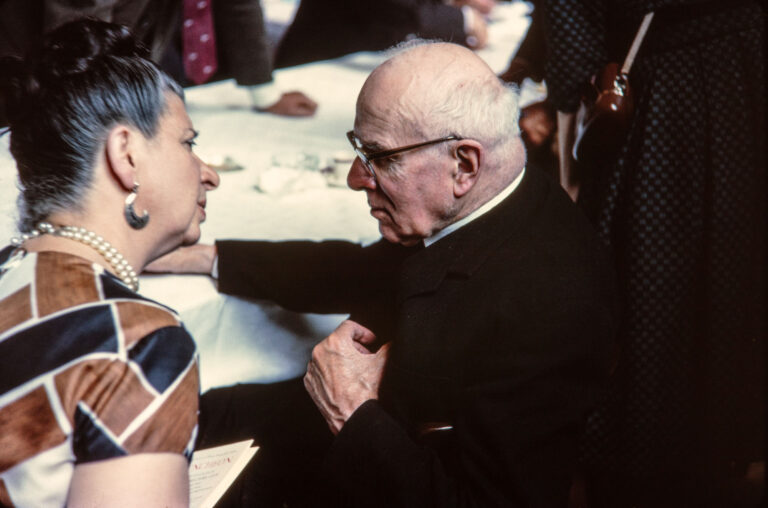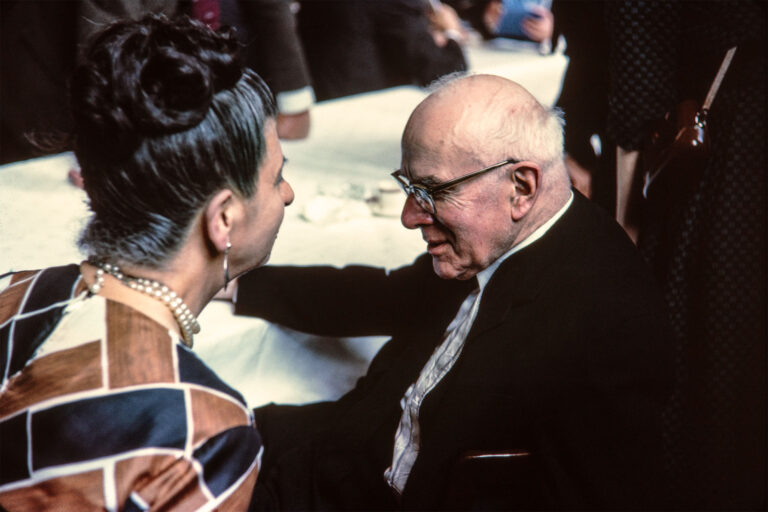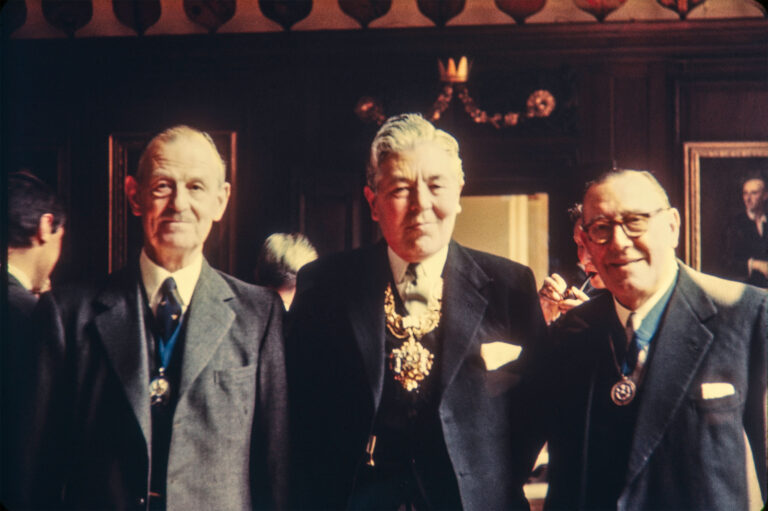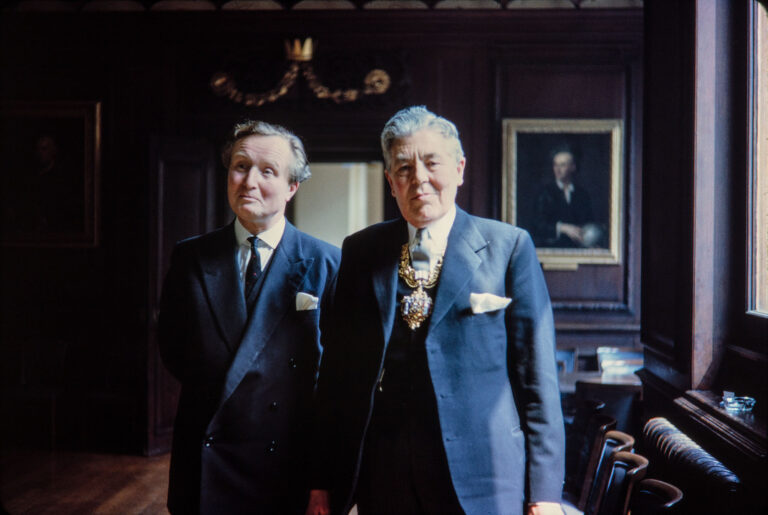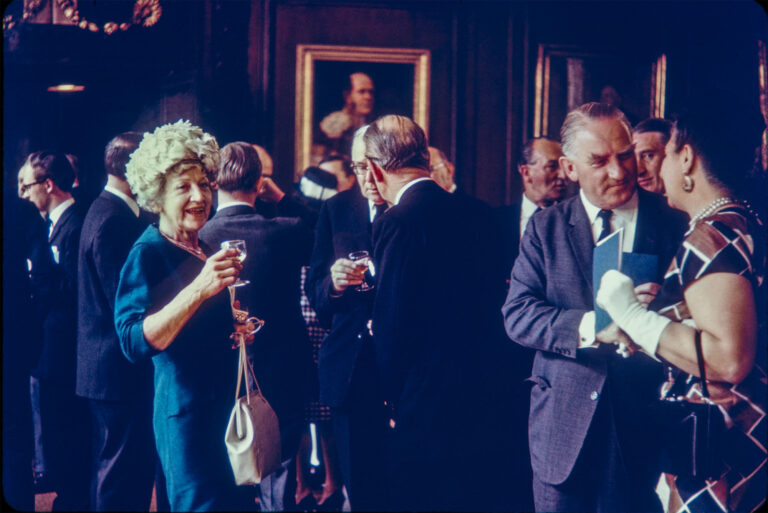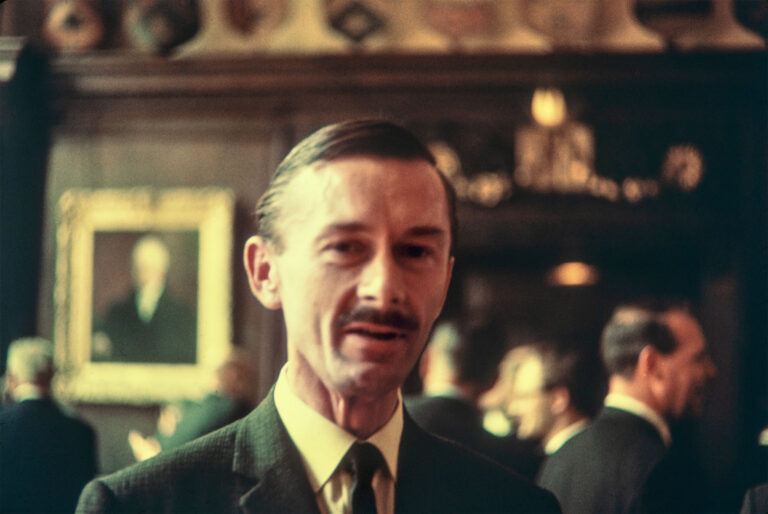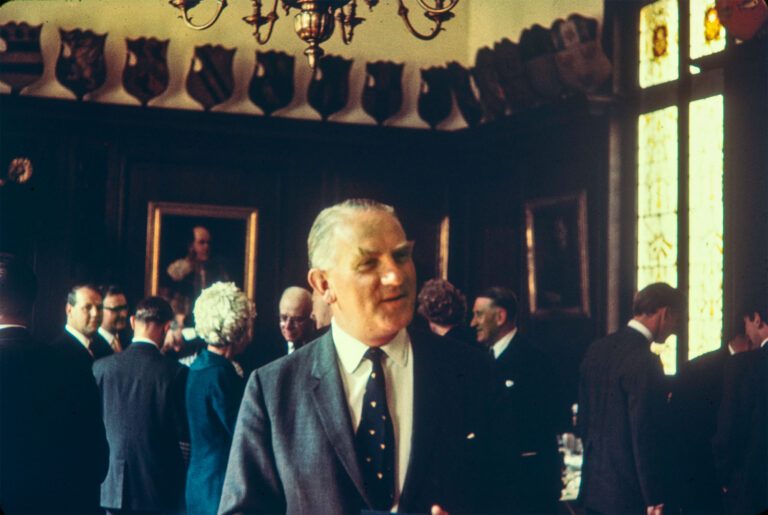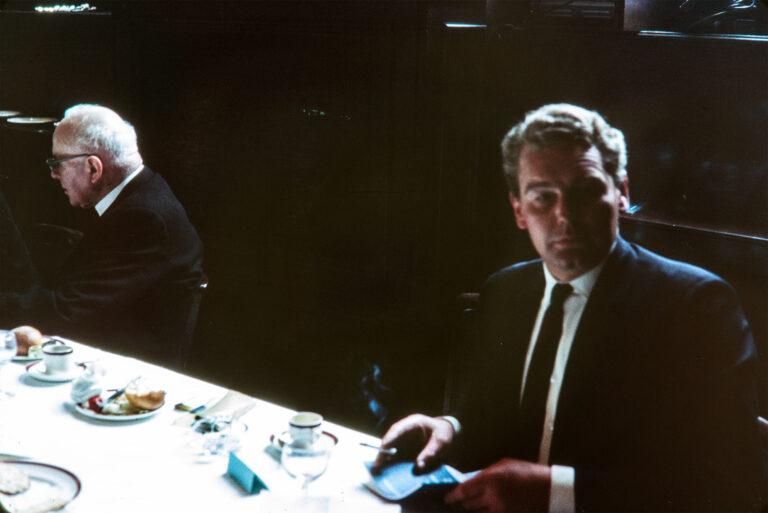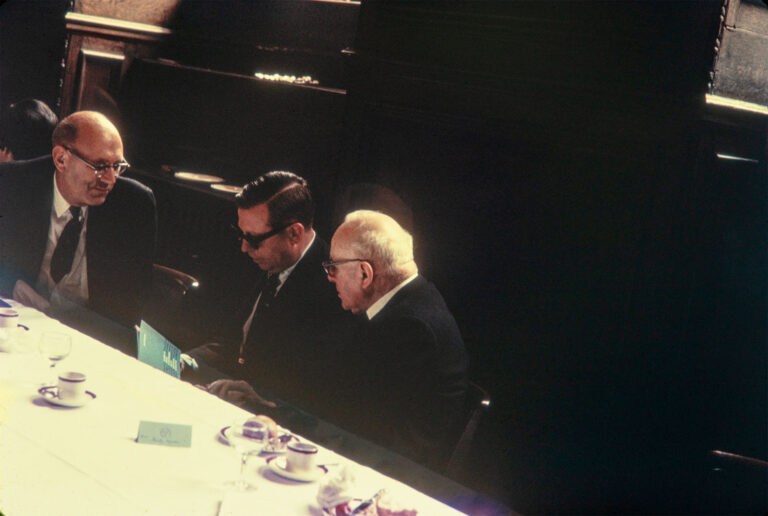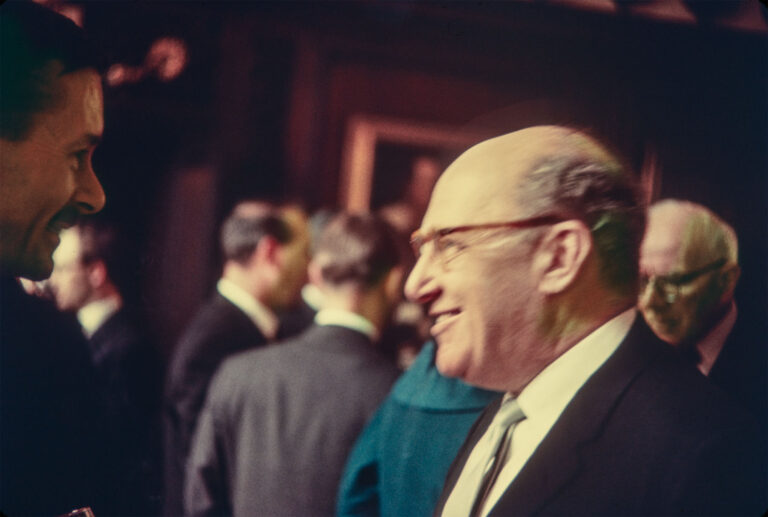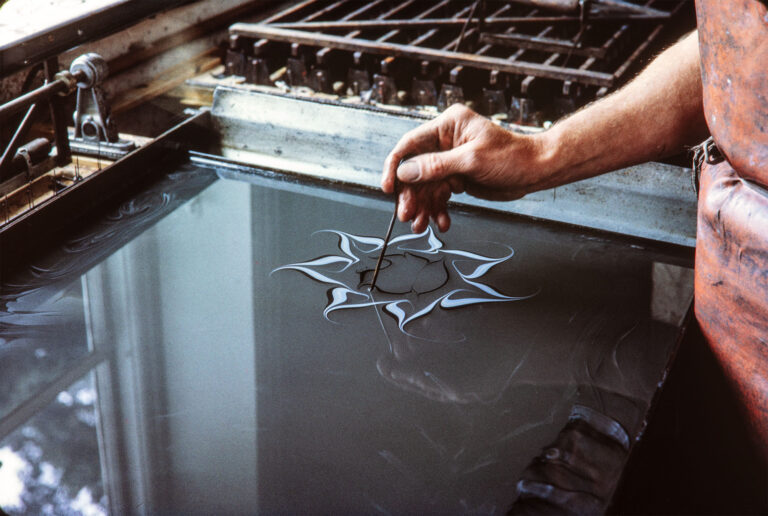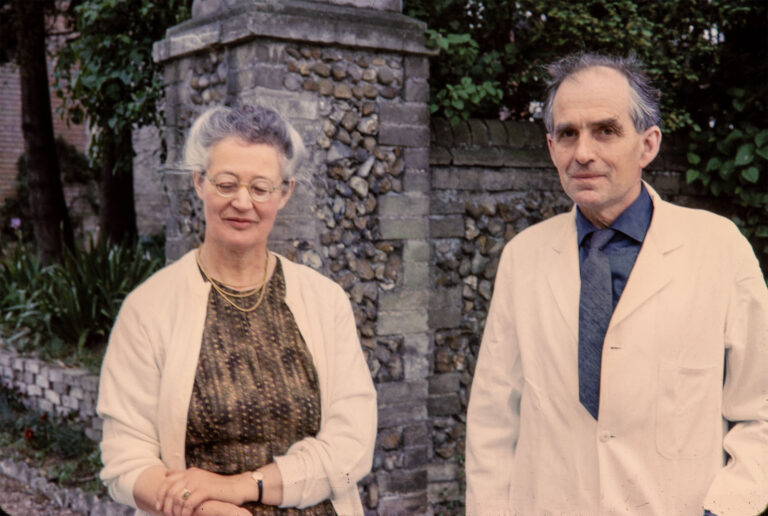New York World’s Fair, 1939–1940, Flushing, New York.
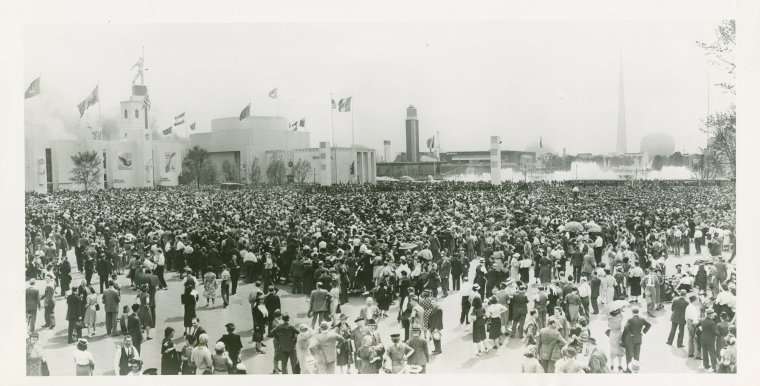
The over-arching theme of the 1939 World’s Fair was “The World of Tomorrow.” The aim of the Jewish Palestine Pavilion was to demonstrate that a Jewish State could be a part of it. The pavilion opened on May 28, 1939, incidentally the day after Cuba denied entry to the passengers of the MS St. Louis. Albert Einstein was guest of honor and main speaker. Chaim Weizmann spoke, too, via NBC network broadcast from Paris.1Jewish Telegraphic Agency News, May 29, 1939, p.1. Fiorello LaGuardia, Senator Robert F. Wagner and Stephen S. Wise, David Lloyd George and 100,000 other spectators also attended.
In his autobiography, project director Meyer W. Weisgal recalled how he had wanted the pavilion to look:
… a miniature Palestine in Flushing Meadows. …Palestine was small but dynamic and graceful, its people were hard working and idealistic; the architecture of the Pavilion, the setting and interior displays hat to reflect just that. 2Meyer Wolfe Weisgal, So Far: An Autobiography. p.151.
The project required an immense amount of private fund raising, since Jewish Palestine had no state sponsorship, and more than a little spectacle. Weisgal chose Aryeh Elhanani as the main architect. Thomas Mann laid the foundation stone, a block from the third century synagogue that had recently been found in Hanita. A ner tamid, kindled at the Wailing Wall, arrived by ocean liner. The central courtyard contained fifty plants and trees native to Israel, including a 16-foot tall date palm. The displays for the ten exhibition halls, outlining the history and achievements of Jewish Palestine were built principally in Tel Aviv and involved the work of many artists and craftsmen, among them, Maurice Ascalon, who created the monumental hammered copper relief sculpture, “The Toiler of the Soil, the Laborer and the Scholar,” for its façade. The pavilion proved very popular, helped galvanize support for a state of Israel and won the second prize at the Fair for aesthetics and beauty. 3Meyer Wolfe Weisgal, So Far: An Autobiography p.151.
Ismar David worked on building the Jewish Palestine Pavilion for a little more than three months, arriving in New York on March 9, 1939 and boarding the Aquitania to return to Palestine in mid June. During that time, he stayed at the Mayflower Hotel on Central Park West and saw little of the city except the subway ride to and from the fairgrounds in Flushing, Queens. Apart from the cover of a souvenir magazine and the Pavilion visitors book, we don’t know what exactly Ismar David did there, but tantalizing hints exist in rare photos of the exhibition.


























